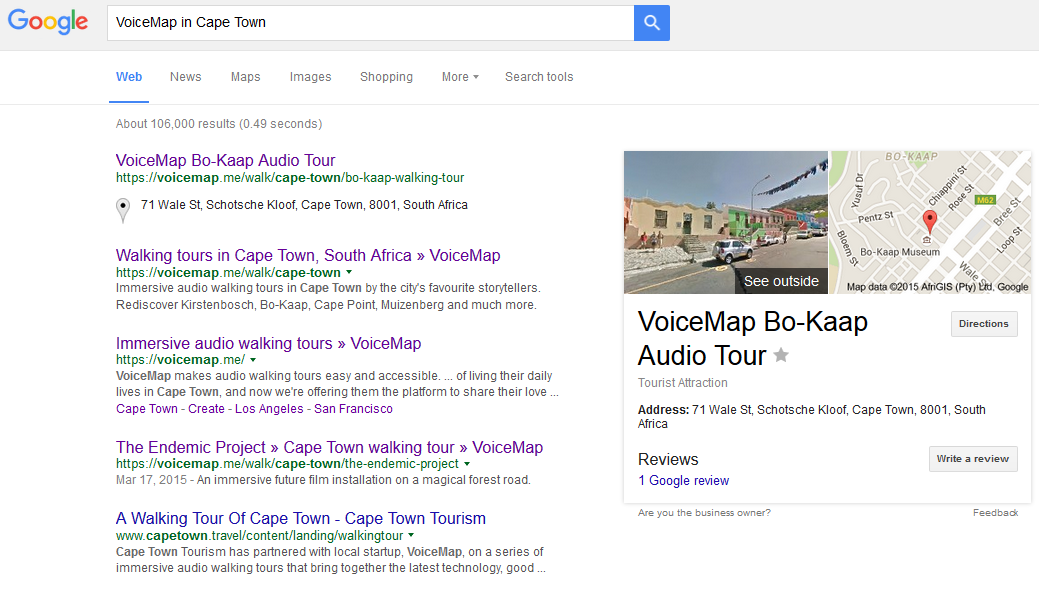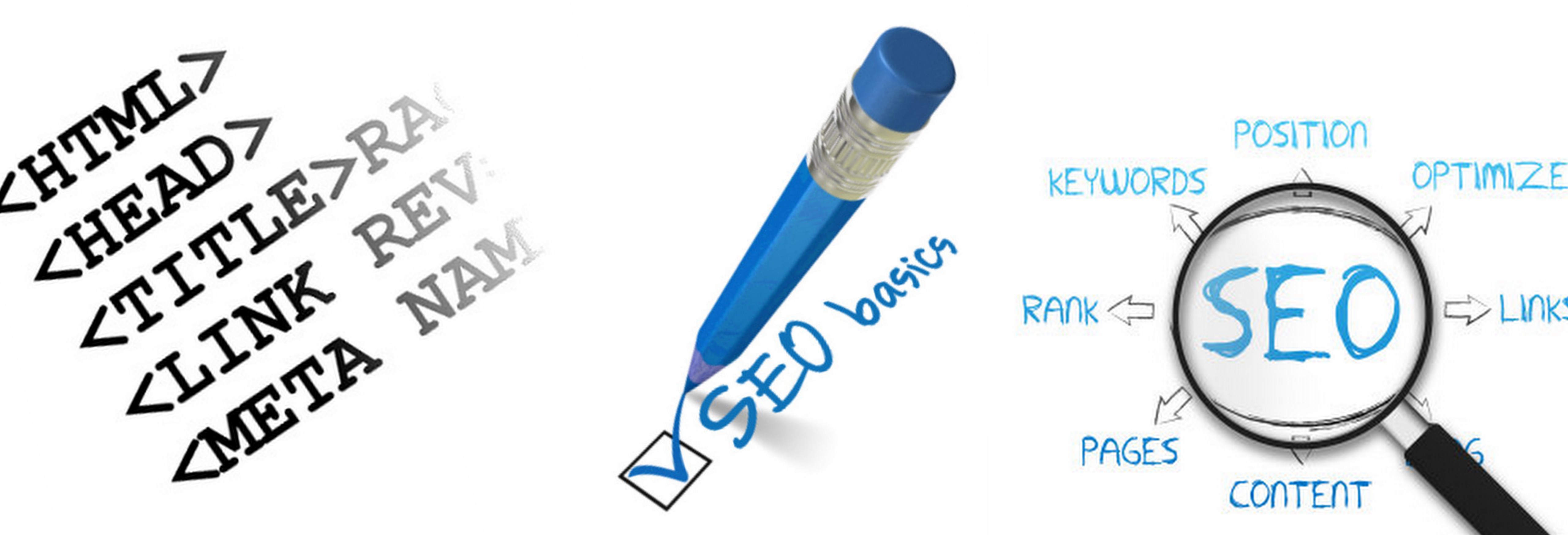There are a few things you can do to maximise the effectiveness of a link to your audio tour so that it helps bring in search traffic from Google. Think of this post as a very brief beginners guide to Search Engine Optimisation (SEO).
Keywords are key
The text that you use to link to your audio tour in an article, blog post, or press release influences how easily people find your tour in a Google search. Using a plain URL (www.voicemap.me, for instance) or the word “here” does very little to help people find your tour using Google. Instead, try and identify the most effective link text.
Choosing link text
Think of the phrase that you’d type into Google if you were looking for an experience similar to your tour. That’ll usually give you the most natural and effective keywords to use as link text.
Wherever possible, try to include:
– Your tour’s location
For example: “Audio tour in London”
– A phrase that explains what it is, for example: “audio tour” (or walk, drive, cycle, or cruise), “walking tour” or “audio walking tour”.
– If your tour has a single defining theme, you may like to use that as the link text, for example: “alternative history tour in London”.
Here’s an example:
Kathleen Dixon Donnelly has adapted her walking tour of London’s Bloomsbury area into a GPS audio walk published using VoiceMap, an innovative audio walking tour app. It’s available for download from iTunes and Google Play, but you can also listen to it at VoiceMap’s website.
The “VoiceMap’s website” link is far less important than the other three, and the only essential link is the first one, which directs readers to Kathleen’s tour.
Here’s what this example will look like in HTML (or “text” view) when you’re writing your blog post:
Kathleen Dixon Donnelly has adapted her <a href="https://voicemap.me/walk/london/such-friends-virginia-woolf-and-the-bloomsbury-group-2">walking tour of London’s Bloomsbury area</a> into a GPS audio walk published on innovative audio walking tour app, <a href="https://voicemap.me"> VoiceMap </a>, available to download from <a href="https://itunes.apple.com/app/voicemap/id852027939 "> iTunes </a> and <a href="https://play.google.com/store/apps/details?id=me.voicemap.android"> Google Play </a>, and to purchase from their own site.
And here’s the plain code, in which you insert the URL and link text of your choice:
<a href="url">link text</a>
Building links to your audio tour
The more “quality” websites that link directly to your tour, the higher up in Google’s results it will appear – but this is easier said than done. Whether you have two or two hundred websites linking to your tour, do what you can to maximise the effectiveness of each link. Again, keywords are key.
Unfortunately, when submitting a press release or guest blog, it’s not always possible to ensure that you get the link text you’d like most, and it’s often not appropriate to ask for it outright. Where possible, make sure your post, press release or article already contains the link text you’d like, with the link embedded. You can also “educate” bloggers or webmasters by referring to your tour (or other product) in the same words that you’d like to become your link text.
There are plenty of other things you can do to help your tour’s SEO, the most important of which is getting publications to feature it, whether it’s in an article or blog post that they wrote, or a press release or guest post that you wrote.




One thought on “How to Effectively Link to Your Audio Tour Online”